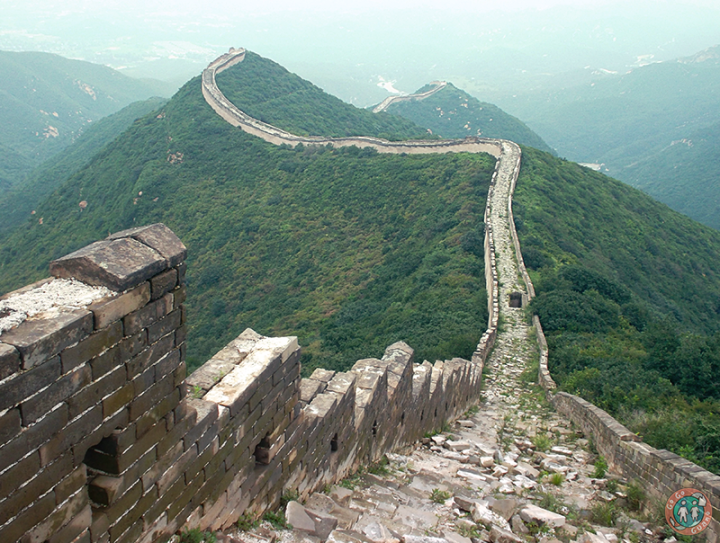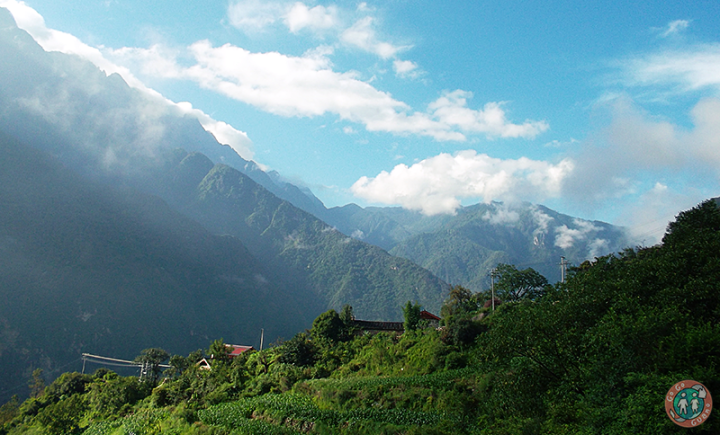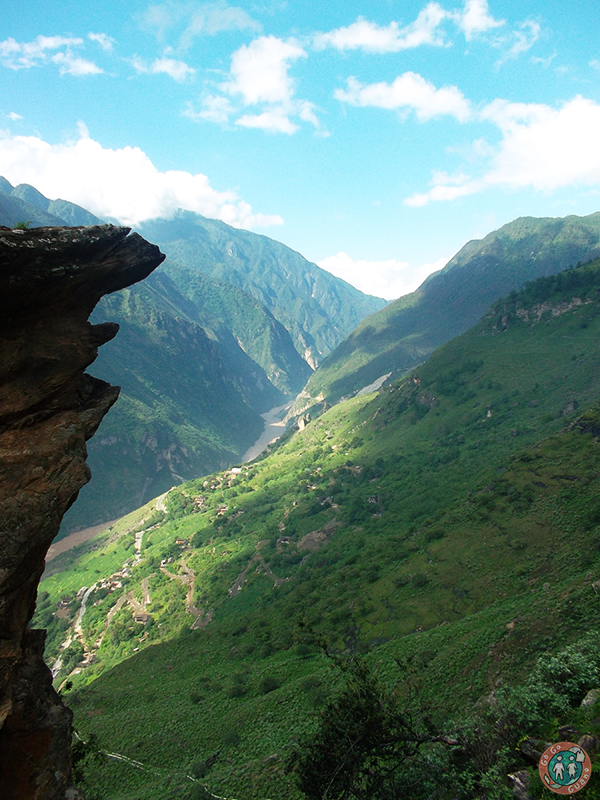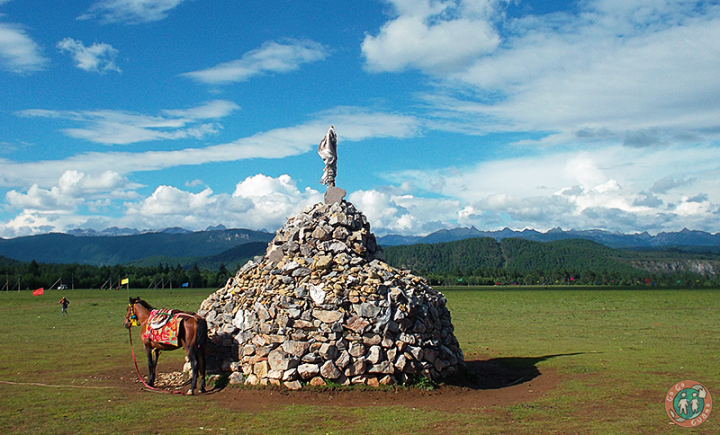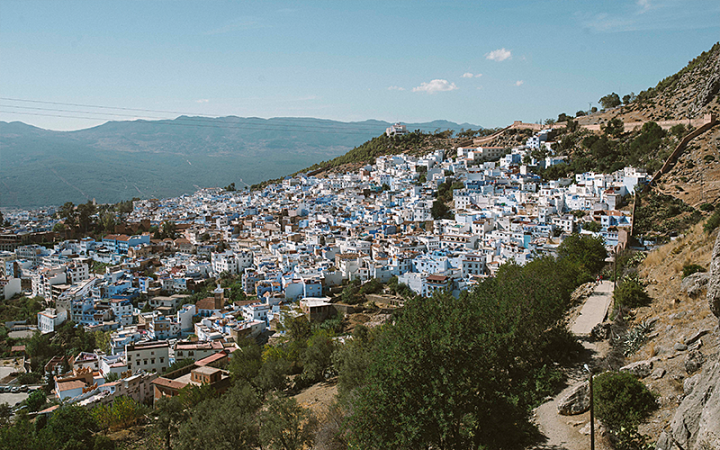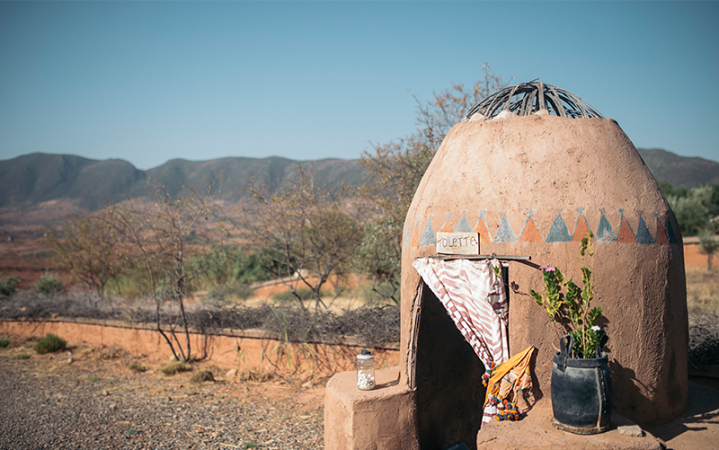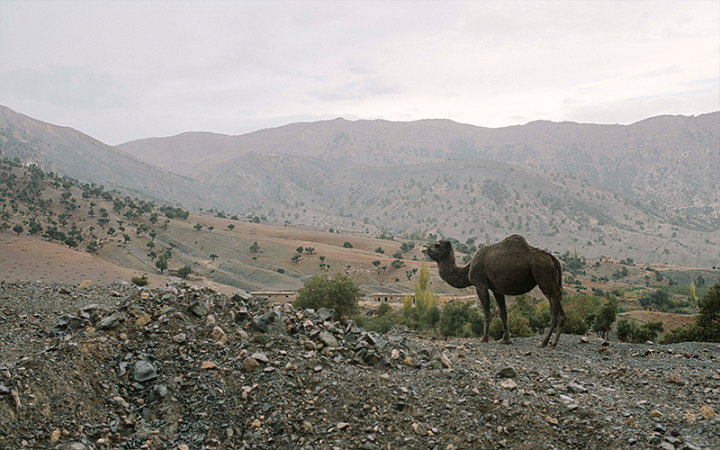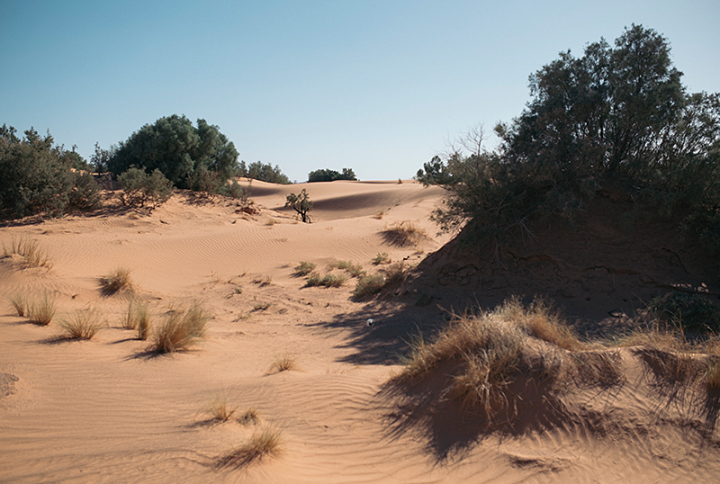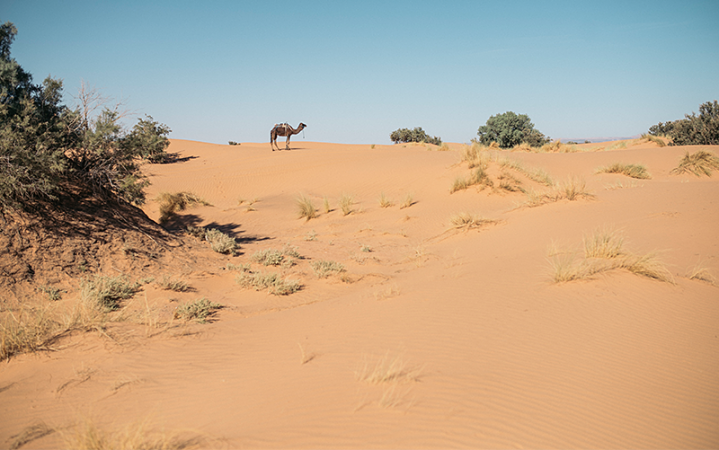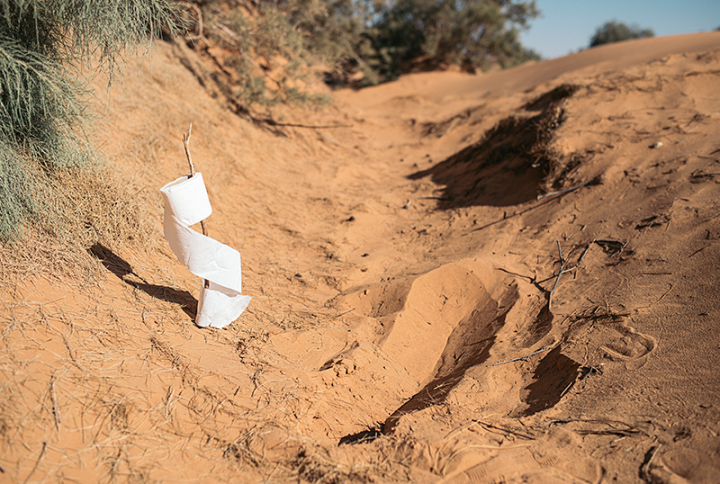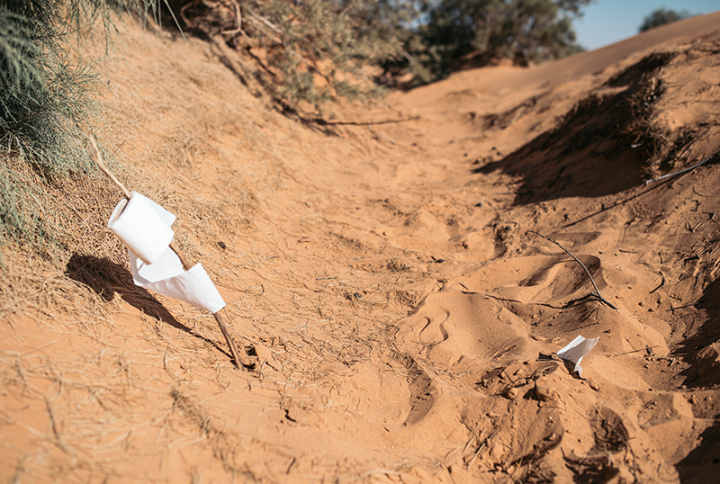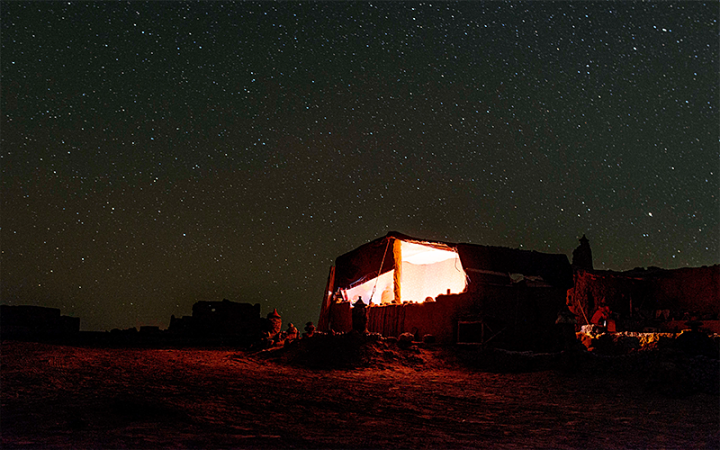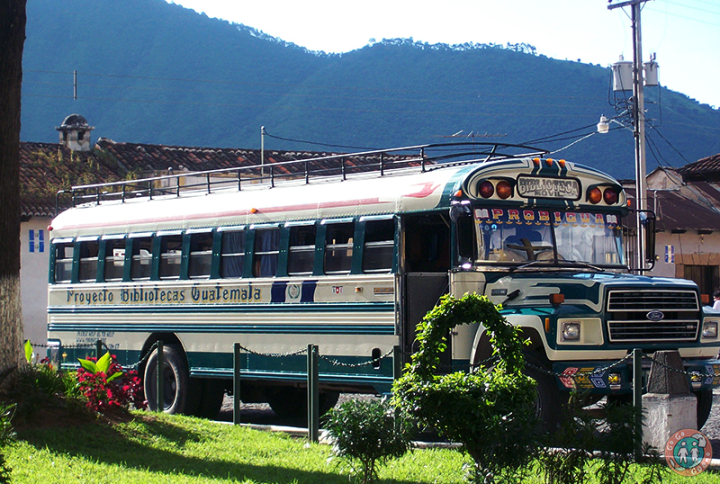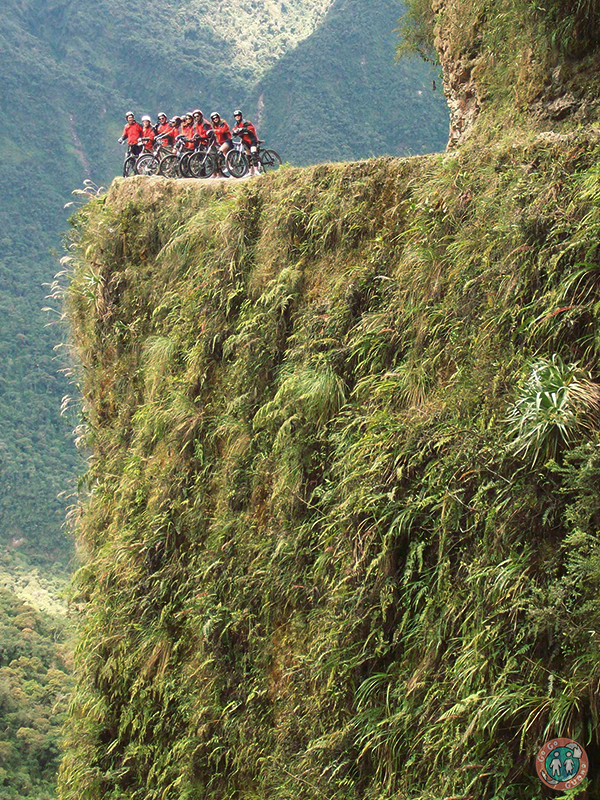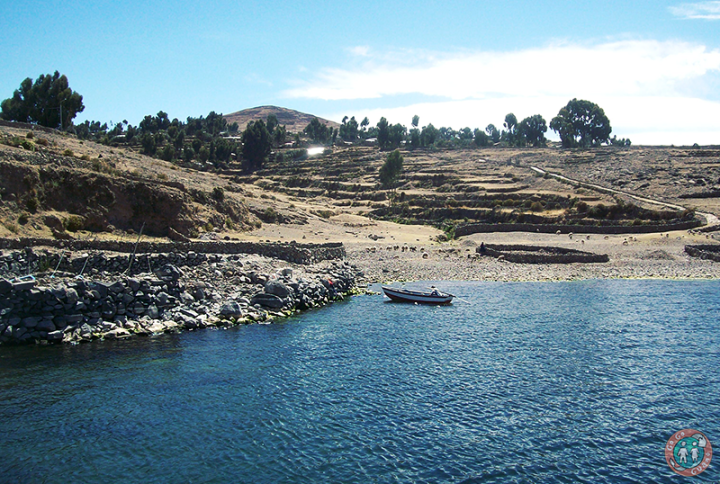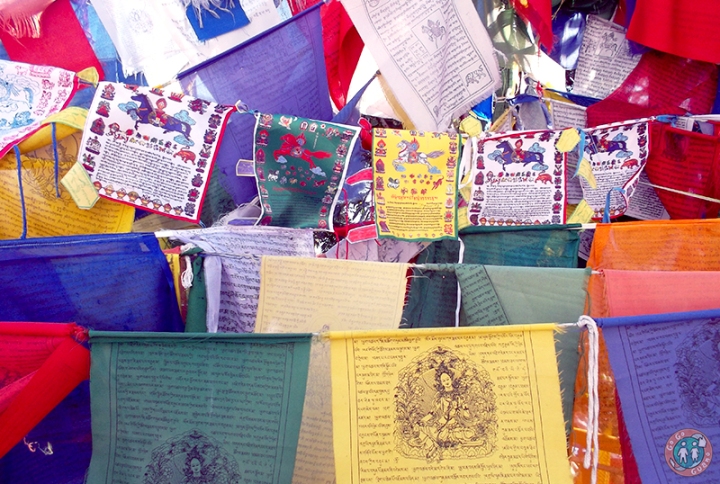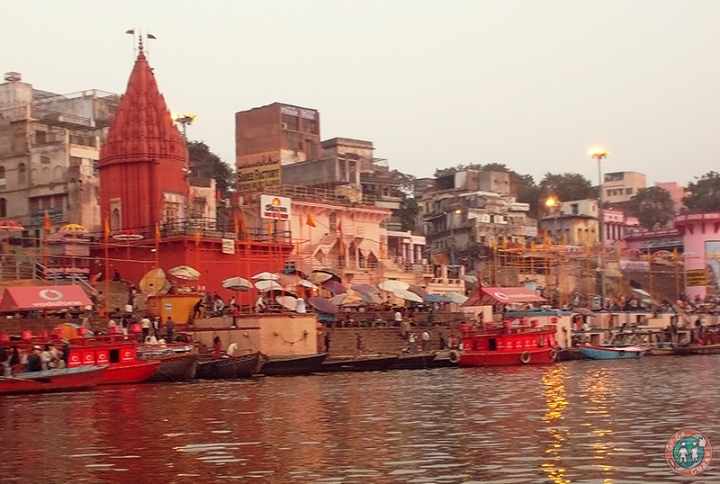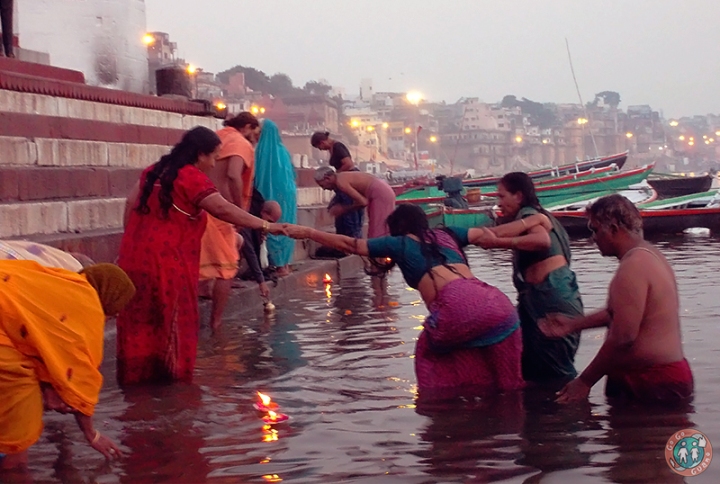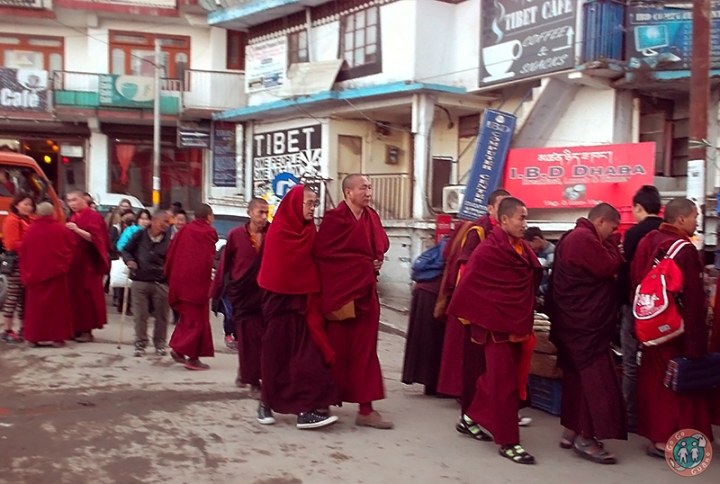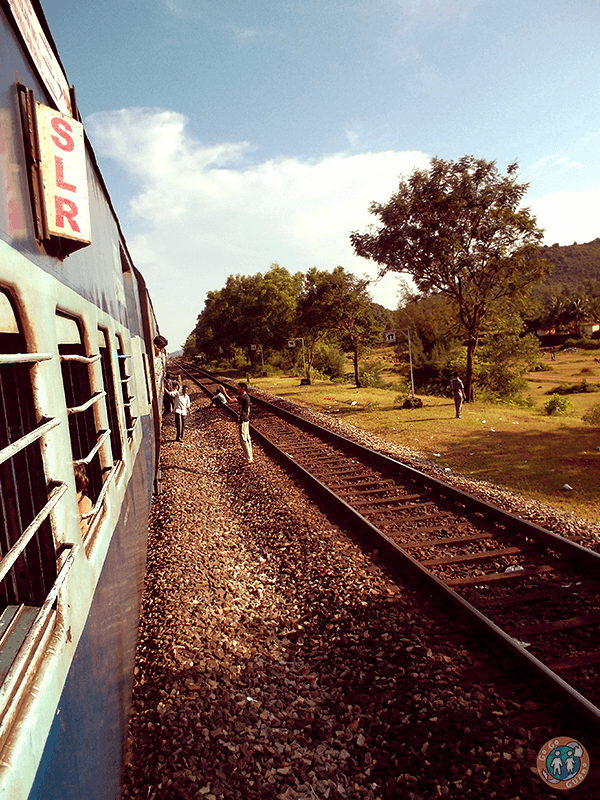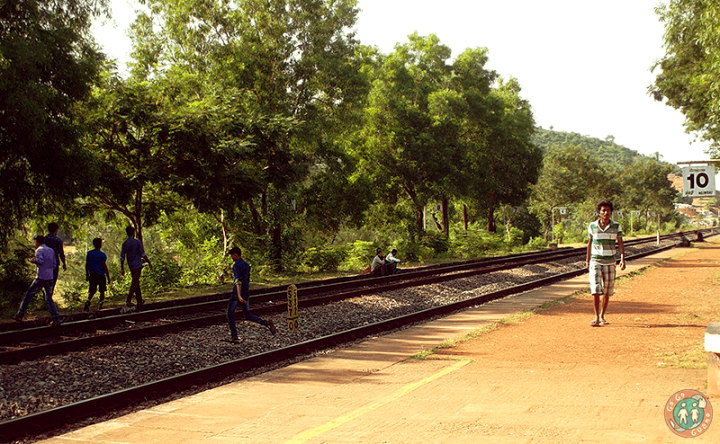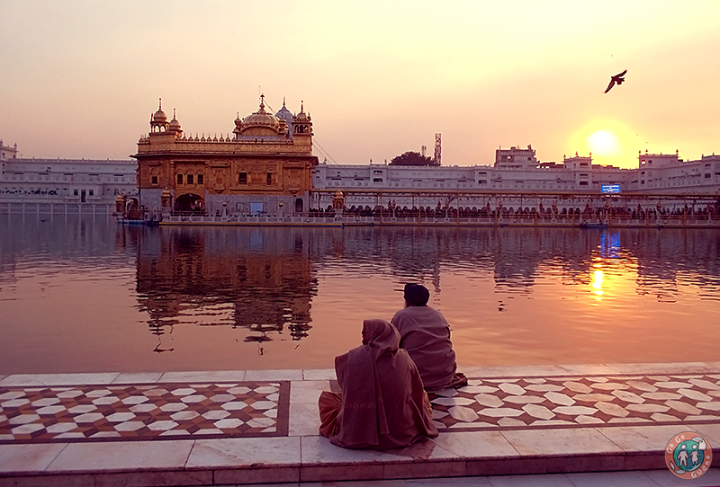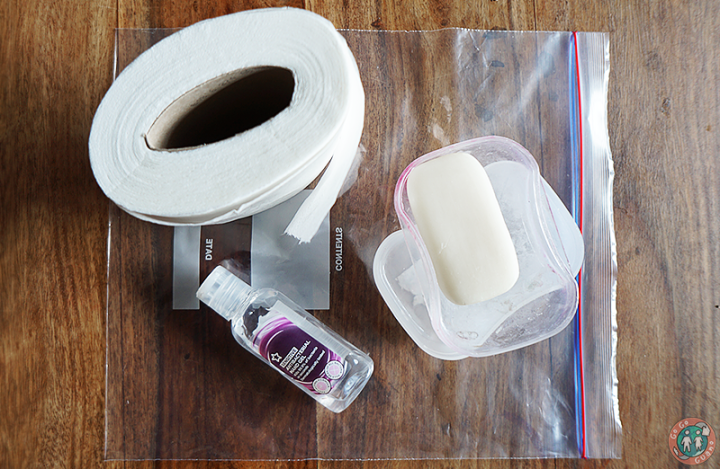Mingalaba!
First off, Myanmar is a magical country, and we highly recommend travelling there. Yes it’s safe, and yes it’s wonderful. Myanmar sings with mystery and grace, and the Myanmar people blew us away with their kindness and hospitality. At this point, some of you are probably wondering where in the world Myanmar is. It’s not a small or insignificant country, but the name still confuses people (and for good reason, to be fair). Let us explain!

Before we travelled to Myanmar, we referred to this land as Burma. People knew what we meant when we said Burma. Then we started our travels, and we continued referring to Burma the country, to Burmese the language, and to Burmese food and culture. We were swiftly corrected, multiple times by multiple people.
“You mean the Myanmar food. It’s Myanmar food, made by the Myanmar people”
Friendly locals eager to educate us explained that the word Burma refers to a specific ethnic group within Burma: the Burmese. As there are well over a hundred ethnic groups in Myanmar, many locals object to the adjective “Burmese” being used generally, preferring to include the full range of different local peoples and cultures in their language. We’d previously associated the name Myanmar with the widely criticised military government, who abruptly changed the name of the county back in the 1980s, and had assumed Burma was the preferred name. But as we so have so often found in our travels, the story the local people had to tell us was very different from the story constructed in the media.
So now we’ve established the names, let’s think about the toilets!
Overview
- Myanmar is a BYOTP country. Be sure to bring your own toilet paper, soap and antibacterial hand gel with you when you’re out and about.
- Always dispose of used toilet paper in the bin rather than the toilet, when a bin is provided.
- Locals tend to use squat toilets and wash afterwards, using either the bucket in a bucket or a bum gun. Toilet paper is not widely used.
- All guest houses had western style good quality toilets, except in the small villages we trekked through. In the cities, you shouldn’t need to worry about guesthouse toilets.
- We didn’t see any public toilets when out and about. Some cafes will have basic toilet facilities, which may be a squat toilet or western toilet depending on the target audience and price range of the cafe. Basic cafes and street food stalls will not have toilets available.
Out and About
Cities
Street food is wonderful in Myanmar. You can barely walk down the streets of Yangon for the sizzling woks and grills, spilling off the pavements right into the roads. Street food vendors do not, however, have toilets. They might have adorable tiny plastic tables and chairs, they might even have table service and a menu. But they will not have toilets. Make sure you go before you leave the guesthouse. And bring antibacterial gel with you, in case you want to freshen up before you eat.
Inle Lake
On Inle Lake, all buildings stand on stilts above the water, and the only mode of transport is by boat. Like so:
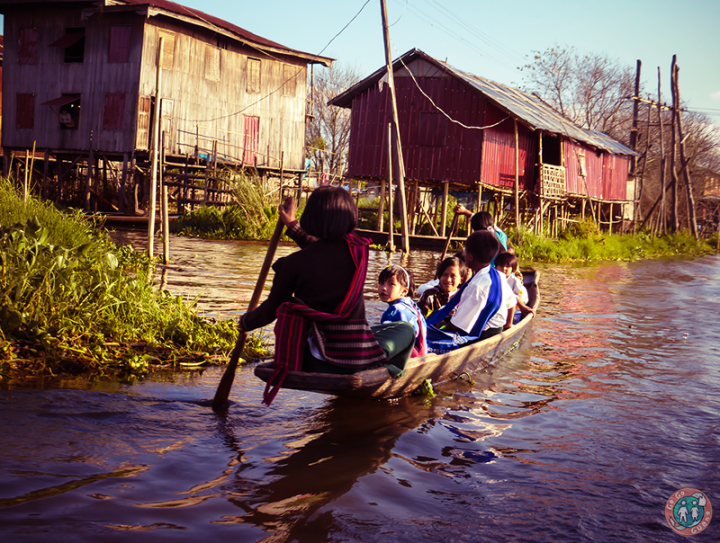
One little restaurant we visited surprised us with a sit-down toilet in a tiny shack above the lake. As you can see, instead of toilet paper, they provided the bucket in a bucket system for cleaning yourself with water.
Fancy a guess at where the waste ends up?

Ngapali Beach
Although we stuck to street-food, or very basic cafes in the cities, Ngapali beach was different. Instead of wandering down the street for dinner, we wandered along the beach, being seduced by the string of seafood restaurants along the sand. Despite the friendly competition between restaurants, when we enquired about the toilet facilities the waiter directed us to walk through several neighbouring restaurants to the shared squat toilet behind the kitchens. Top tip: don’t forget your flip-flops. Seriously, I forgot to bring my flip flops to the restaurant one evening and had to beg and borrow sandals from Morgan so I could use the toilet.
Transport
We used a mixture of boats, planes, minivans, motorbikes, taxis, electric scooters, hiking and hot air balloon to travel around Myanmar. Let’s consider how these modes of transport compare in terms of toilet access:

Boats
Floating down the Irrawaddy River is a genuinely great way to get between the city of Mandalay and the temples of Bagan. The journey takes about 7 hours by “fast boat”, and you’ll have a fine selection of wicker chairs on board and lunch provided. There is also a good condition sit-down toilet on the boat, so you have no worries on that front.
Buses & Minivans
There is a fairly well-established tourist route through Myanmar, taking in the temples of Bagan, the bustling streets of Yangon and the quiet beauty of Inle Lake. A reasonable network of buses and minivans connects the main traveller destinations, and in our experience these vehicles do stop at places with toilets at appropriate intervals. Some of these toilets have a box allowing you to tip the cleaning staff, and more often than not are accompanied by amusing signs:
We never needed to ask the driver to stop for a toilet break, but the Myanmar people were so unfailingly polite, kind and helpful, we have no doubt they would have stopped and found a toilet if needed. And if they didn’t understand the request in English, they would have found someone to translate. And if there wasn’t a public toilet, they would have found a private toilet for us. We were constantly humbled by how friendly and kind the Myanmar people were.
Aeroplanes
Planes on domestic flights have toilets on board. Also a lovely poster about the work some domestic airlines are doing to gain international aviation safety accreditation. So… no worries on that front.
The internal airport we visited was also quite fascinating. It was small and only made incredibly laid back attempts at “security”. They had a metal detector and an x-ray machine for bags, and only after we cleared security did we realise the one toilet in the building was back on the “non-secure” side. The security guys apparently saw no issues with us running back and forth through the security gates to use the toilets by the entrance of the airport, and just shrugged and waved us through each time the metal detectors beeped at us again.
Trekking
Some of Myanmar’s more interesting toilets can be found along the delightful 60km trek from Kalaw to Inle Lake. Heading east out of Kalaw, the entire 3-day hike is spent cutting through woodland, hills, farmland and villages. Hundreds of bright red chillies sat drying amongst the fields, and crowds of children came to greet us as we passed through, shouting “Mingalaba!” (Hello!) with beaming smiles.
The accommodation along this route is basic. Wonderful, but basic. Both nights we stayed in wooden farmhouses, 6 of us huddling together in a single room with thin mattresses on the floor. There was no glass in the windows, so after sunset we pulled the wooden shutters closed, shutting out the cold mountain air and lighting candles in our wooden house.
The toilet was a simple squatter, in a roughly constructed wooden shack. It was also really, really far away, across the fields and out of sight of the main building. Getting there involved traversing a field of cabbages, walking away from the lights until even the sounds of the talking and laughter had faded away. The next part was tricky; the battery on my head torch was running low, and finding a dark shack in a dark field proved difficult. First time around, I failed at finding the fabled shack and went back to get Morgan.
“I need directions to the shack… again.”
Well, Morgan mused. “It’s not that far… Did you walk diagonally through the cabbage patch?”
“Yes!”
“Did you turn sharp right after the big tree?”
“Yes!”
“Did you scramble through the ditch behind the tree before you turned left?”
Ah-ha! I had at no point gone into a ditch on my explorations.
We set off again, together this time, our twin beams of light bouncing off the white cabbages. By 9pm, all the lights were out in the village. The night was silent, the darkness absolute.
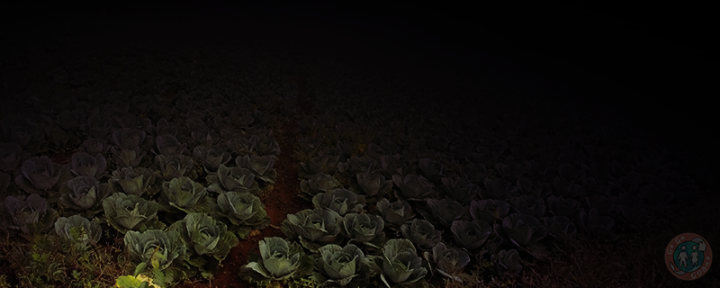
I didn’t see the shack until right before I walked into it. Stopping abruptly, I shined my torch through the gaps in the walls. A basic hole had been dug into the soft ground. A bucket of water sat to the right of the hole, filled with fresh water for cleaning yourself. On the left, a small bin had been half filled with used toilet paper, relics of the backpackers that trod this route every day.
I jiggled the wooden door, lifting it over the threshold when it refused to open smoothly. Once inside, I lifted the door inwards again, scrapping it over the threshold to close it. A gaping hole remained where the thin wood had warped. Thankful for the cover of darkness, and that I had a head torch which allowed me to keep both hands free, I squatted down with my roll of toilet paper, arranging my clothing so nothing touched the dirt floor. I felt rather than heard the insects buzzing around my head, attracted by the feeble light of my torch.
Heading back to the main building, Morgan and I heard a rustling in the cabbage patch.
“Is that an animal?!” I whispered, alarmed.
“I don’t think so…” Morgan replied.
Suddenly, a crouched figure stood up.
“Oh… hi guys”
It was a fellow trekker, making use of the facilities. They had also gotten lost trying to find the toilet shack, and rather than venture out alone, they had found a corner of the cabbage field to make use of. When I woke at 3am with a full bladder, I very rapidly came round to their way of thinking, squatting at the edge of the field under the cover of night. I’m pretty sure everyone used the cabbage field at some point that night, rather than brave the darkness.
The next day we spotted this incredibly neatly-stacked cabbage truck, and couldn’t help but wonder if the poor vegetables smelt like wee.

So overall, Myanmar’s toilet rating is quite high but planning ahead is required when exploring. And if you’re planning on going trekking, you should be prepared for some fairly basic toilet facilities.
Myanmar is a truly wonderful place, made extremely special by the people who live there. We also need to give a shout-out to the city of Mandalay, which is often left off of people’s itineraries but has the most downright friendly atmosphere of any city we’ve ever visited. In Mandalay, strangers will treat you like a long-lost friend, going literally miles out of their way to help you out.
For our own trip, we made extensive use of the Rough Guide to Myanmar and we’d highly recommend it! We always carry a guidebook with us on trips – We find it much nicer and more dependable than using your phone while abroad. This book was revised in 2015 and was super accurate as of our trip in November the same year. You can follow the link above to buy it on Amazon.co.uk.
And if you found this post at all enlightening, don’t forget to follow us to get notified when the next one goes up! Just enter your email address in the box on the sidebar.


















